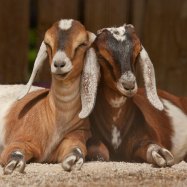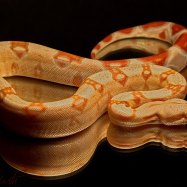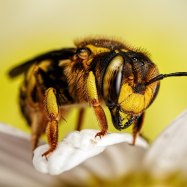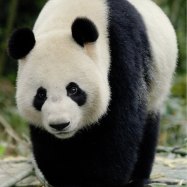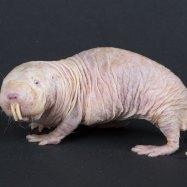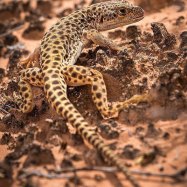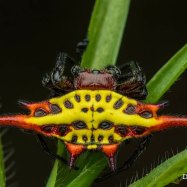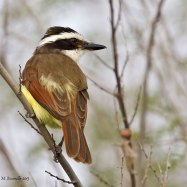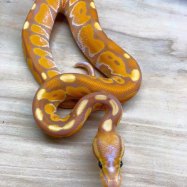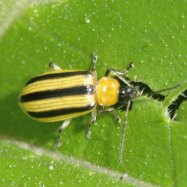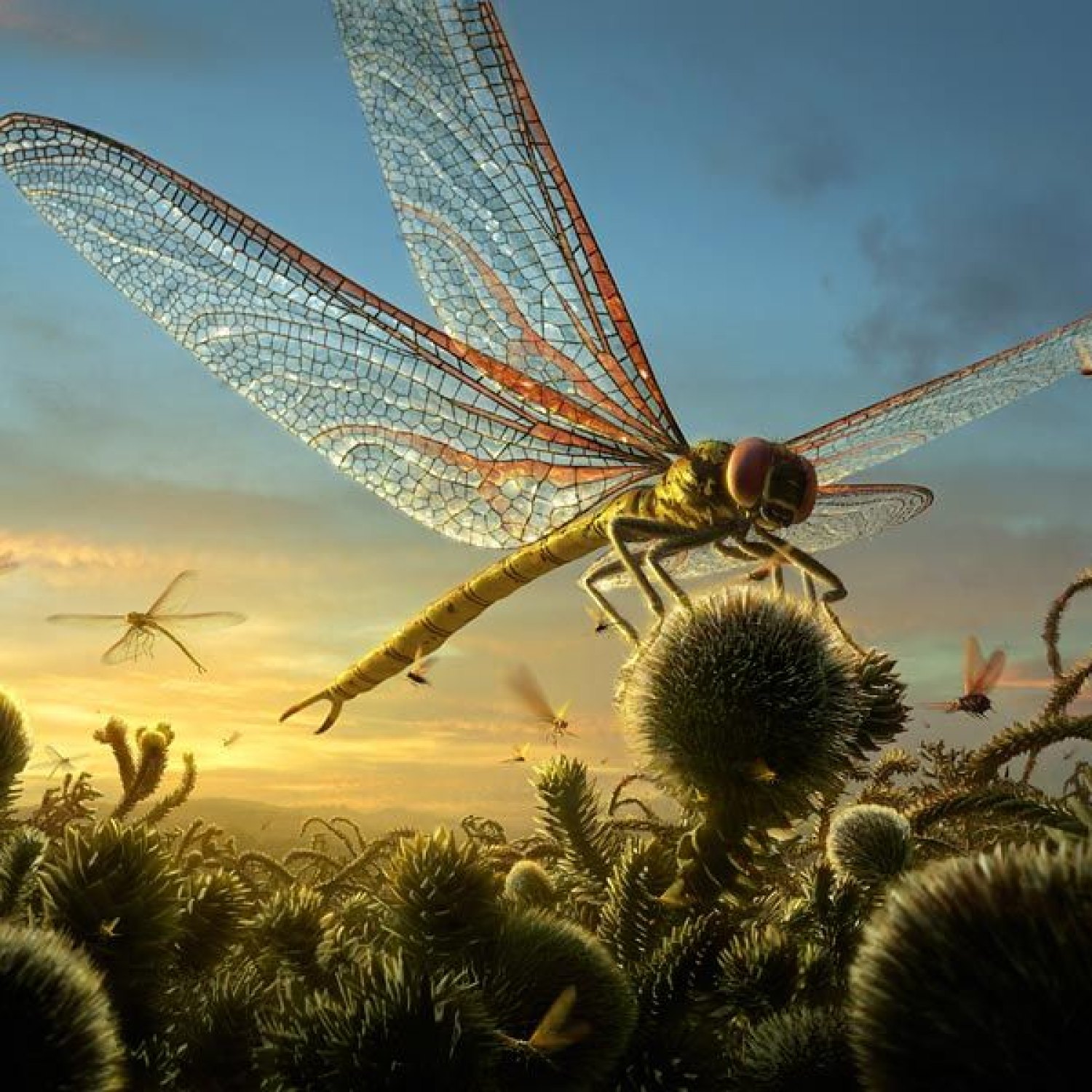
Meganeura
Up to 75 cm
Meganeura is a giant prehistoric dragonfly that measured up to 75 cm in length. They belonged to the Meganeuridae family and lived in coal swamps during the Carboniferous period. These winged insects had a large and elongated body shape. Imagine seeing one of these impressive creatures flying above you! #Animals #Meganeura #PrehistoricInsects
Animal Details Summary:
Common Name: Giant Dragonfly
Kingdom: Animalia
Habitat: Freshwater
The Magnificent and Mythical Meganeura: Exploring the Giant Dragonfly
Deep in the coal swamps of Germany, an ancient creature roamed the skies, instilling both fear and awe in those who witnessed its colossal size. Its powerful, black wings spanned over two feet, effortlessly carrying its large and elongated body through the air. This creature was none other than the Meganeura, a giant dragonfly that once ruled the prehistoric world.Hailing from the kingdom Animalia and belonging to the phylum Arthropoda, the Meganeura is a prime example of the diverse and unique creatures that have roamed the Earth throughout its history Meganeura. Its scientific name, derived from the Greek words "mega" meaning large and "neura" meaning nerve, aptly describes the creature's incredible size and proportionate wings.
As its common name suggests, the Meganeura is a member of the Odonata order, which consists of all dragonflies and damselflies. However, compared to its modern-day relatives, the Meganeura is an imposing figure, reaching lengths of up to 75 cm, making it one of the largest known insects to ever exist.
Size Doesn't Matter for This Carnivorous Hunter
Despite its fearsome size, the Meganeura was a carnivorous creature that relied on its swift and agile movements to catch its prey. Its feeding method involved catching other insects while in flight, snatching them up with its six long and powerful legs.
With such a large appetite, it's no surprise that the Meganeura was a formidable predator, capable of taking down other insects, including smaller dragonflies. Its sharp mandibles were used to easily crush the exoskeletons of its prey, making a meal of even the toughest insects.
One of the most impressive features of the Meganeura was its remarkable eyesight. With its large and multi-faceted eyes, it had the ability to spot even the smallest of insects from great distances, allowing it to swoop down and snatch its prey with efficiency and precision May Beetle. Its impressive sensory abilities were a crucial factor in its role as a top predator in the prehistoric world.
Ancient Home and Modern-Day Distribution
The Meganeura's preferred habitat was freshwater, specifically the warm, shallow waters of coal swamps. These swamps were teeming with an abundance of insect life, providing the perfect feeding grounds for the Meganeura. It was not uncommon to see these massive dragonflies skimming the waters, snatching up smaller insects or even darting around the area in search of a mate.
Historical records show that the Meganeura was prevalent during the Carboniferous Period, roughly 300 million years ago. These fossils have been found in coal deposits in Europe and North America, giving evidence of its wide geographical distribution during its time.
Today, the Meganeura may no longer soar through the skies, but its descendants can still be found in various parts of the world. Dragonflies of all shapes and sizes can be seen flying around freshwater habitats, with over 5,000 different species identified to date. These modern-day dragonflies have evolved and adapted to their surroundings, making them important indicators of the health of their habitats.
The Impact of Environmental Changes on the Meganeura
The Meganeura's success as a predator and its thriving population may have been tied to the environment it lived in. During the Carboniferous Period, the Earth's atmosphere had a much higher oxygen content, around 35%, compared to the 21% today. This higher oxygen level allowed for massive insects, such as the Meganeura, to thrive.
However, as the Earth's atmosphere gradually changed and oxygen levels decreased, the Meganeura and other giant insects began to disappear. This decline in their population could also be attributed to changes in their habitat. As the coal swamps dried up and disappeared over time, the Meganeura's source of food and breeding grounds were lost, leading to their eventual extinction.
Ancient Wonders that Capture the Imagination
The Meganeura may have gone extinct millions of years ago, but its legacy continues to fascinate people to this day. Its immense size and elusive nature have made it the subject of legends and myths, with some even claiming that it was used as a model for the iconic dragon in medieval European art and literature.
In the modern world, the Meganeura continues to capture the imaginations of people around the world. Its unique and awe-inspiring appearance has been featured in books, movies, and even video games. It serves as a reminder of the incredible diversity of life that has existed on this planet and the continuous evolution of creatures over time.
A Glimpse into the Past
Thanks to the discovery of fossilized remains, we are able to piece together the story of the Meganeura and other prehistoric animals that once roamed the Earth. From its massive size to its fascinating feeding habits and abilities, the Meganeura continues to provide insights into the natural world and the various factors that shape it.
As we continue to explore and uncover more about these ancient wonders, we are reminded of the importance of preserving our environment and the delicate balance that exists between all living creatures. The Meganeura may no longer be with us, but its legacy continues to live on, inspiring future generations to marvel at its magnificence and the diversity of life on Earth.

Meganeura
Animal Details Meganeura - Scientific Name: Meganeura
- Category: Animals M
- Scientific Name: Meganeura
- Common Name: Giant Dragonfly
- Kingdom: Animalia
- Phylum: Arthropoda
- Class: Insecta
- Order: Odonata
- Family: Meganeuridae
- Habitat: Freshwater
- Feeding Method: Carnivore
- Geographical Distribution: Europe and North America
- Country of Origin: Germany
- Location: Coal swamps
- Animal Coloration: Black
- Body Shape: Large and elongated
- Length: Up to 75 cm
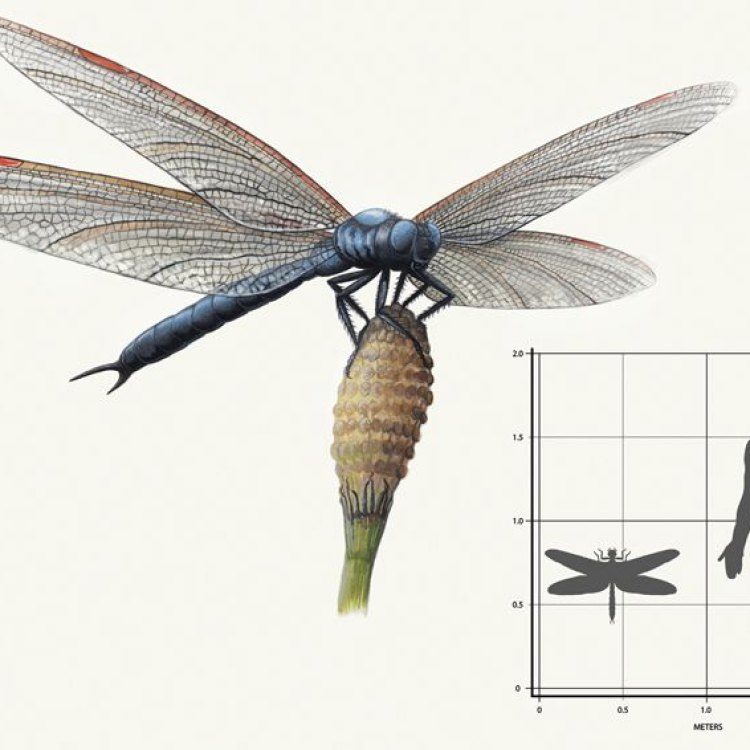
Giant Dragonfly
- Adult Size: Large
- Average Lifespan: Unknown
- Reproduction: Sexual
- Reproductive Behavior: Mating in flight
- Sound or Call: No sound production
- Migration Pattern: Unknown
- Social Groups: Solitary
- Behavior: Active during the day
- Threats: Habitat loss, pollution
- Conservation Status: Extinct
- Impact on Ecosystem: Unknown
- Human Use: None
- Distinctive Features: Large wingspan, large compound eyes
- Interesting Facts: Meganeura is one of the largest known flying insects
- Predator: Unknown
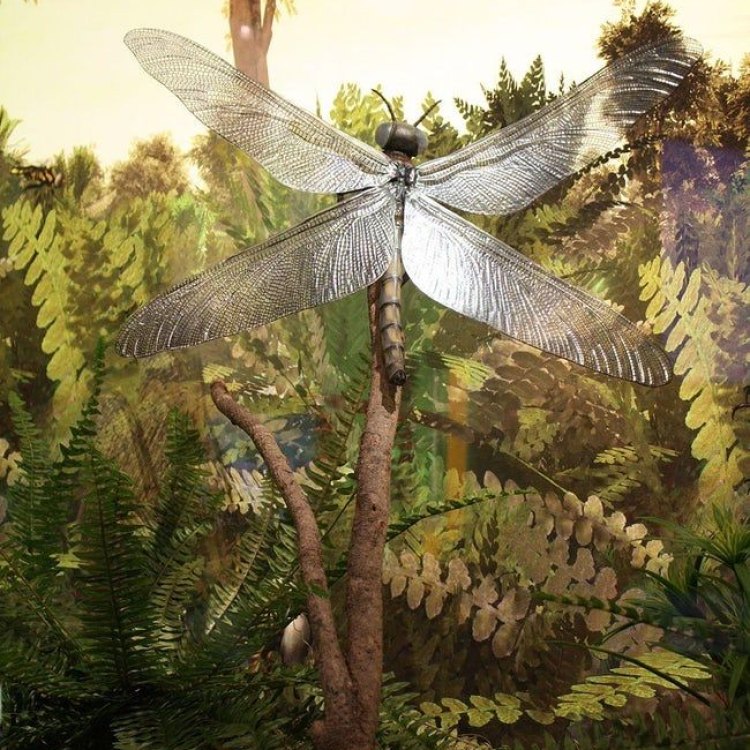
Meganeura
Meganeura: The Incredible Giant Dragonfly of Prehistoric Times
When we think of giant insects, images of gigantic scorpions or beetles may come to mind. But did you know that at one point in Earth's history, there existed a dragonfly with a wingspan of over two feet? Meet Meganeura, a prehistoric insect that roamed the skies over 300 million years ago during the Carboniferous period.So what exactly was Meganeura? And how did it manage to grow to such an impressive size? Let's delve into the fascinating world of this ancient insect and discover its unique features, behavior, and impact on the ecosystem.
The Ultimate Giant Dragonfly: Meganeura's Size and Appearance
Meganeura was a genus of flying insect belonging to the order Meganisoptera, also known as "griffinflies PeaceOfAnimals.Com." It lived during the Carboniferous period, which lasted from 360 to 299 million years ago. This era was characterized by a warm and humid climate, lush vegetation, and high levels of atmospheric oxygen - all of which were perfect conditions for giant insects to thrive.With a wingspan of up to 2.5 feet, Meganeura was among the largest insects ever to exist on Earth, making its modern-day counterparts like the giant weta or goliath beetle look tiny in comparison. Its body was around 17 inches in length, and it had a wingspan that was two or three times its body size. This immense size allowed Meganeura to soar and glide through the air effortlessly.
But its size wasn't its only distinctive feature. Meganeura had large, compound eyes that granted it excellent vision, much like modern-day dragonflies. These eyes were made up of up to 30,000 individual units, giving Meganeura a 360-degree view of its surroundings Maremma Sheepdog. This feature was crucial for hunting and navigating its environment.
The Life and Times of Meganeura
The lifespan of Meganeura is unknown, but it is believed to have lived for a short period, much like modern-day insects. The exact reproductive behavior is also unknown, but it is assumed to have been sexual, as most flying insects reproduce in this manner.One interesting fact about Meganeura was its unique mating behavior. Unlike most insects that mate on land, Meganeura mated in flight. This behavior was essential to avoid predators and to ensure the survival of their young. The males would fly above the females, and once they were successful in attracting their mate, the two would fly in tandem for a while before separating.
Unfortunately, there is no record of any sound production by Meganeura, although scientists speculate that they may have produced some sounds during flight. This may have been for communication purposes or as a mating ritual, much like modern-day insects.
As for its migration patterns, they are also unknown. However, considering the giant size of Meganeura, it is believed that they couldn't have migrated far distances like birds or other flying animals. They may have only moved to different locations in search of food and suitable habitats.
The Solitary Life of Meganeura: Social Groups and Behavior
Unlike some modern-day insects that live in large colonies, Meganeura was mostly solitary. It is believed that they didn't have any social groups or interactions with other members of their species, except during mating.Meganeura was an active insect that flew during the day, making the most of the warm and humid climate during the Carboniferous period. Much like dragonflies, they were fast and agile, able to catch and eat prey while airborne. Their diet probably consisted of other insects, small amphibians, and possibly small reptiles.
Meganeura's behavior was fascinating, but it also played a crucial role in the ecosystem. As a top predator, it helped control the population of smaller insects and maintained a balance in the food chain.
The Downfall of Meganeura: Extinction and Its Impact on the Ecosystem
Sadly, Meganeura's reign as the ultimate giant dragonfly did not last forever. Towards the end of the Carboniferous period, there was a decrease in atmospheric oxygen levels, along with a decrease in overall temperature. These changes made it difficult for giant insects like Meganeura to survive.Moreover, the onset of the Permian period was marked by severe environmental changes and mass extinction events, causing the eventual extinction of Meganeura and many other species. Today, there are no surviving species of Meganeura or any other Meganisoptera.
But what impact did the extinction of Meganeura have on the ecosystem? The answer is unknown. Due to its relatively short lifespan and solitary nature, it is difficult to determine its exact role in the ecosystem. However, scientists believe that it may have played a crucial role as a predator, maintaining balance in the food chain by controlling the population of smaller insects.
The Niche of the Giant Dragonfly: Human Use and Conservation Status
Despite its impressive size and unique features, Meganeura was not exploited or used in any way by humans. It is believed that early human civilizations may have come across Meganeura fossils, but due to their age and size, it was impossible to recognize them as insects.Unfortunately, with the extinction of Meganeura and other giant insects, we can only imagine what a world with such diverse and fascinating creatures must have been like.
Meganeura is currently classified as extinct, with no surviving species or descendants. However, its fossils and remains are still being studied by scientists, providing us with valuable insights into the ancient world and the diversity of life that once existed on Earth.
In Conclusion
Meganeura was truly an extraordinary insect, with its gigantic size, impressive features, and fascinating behavior. Its story is a testament to the diversity and evolution of life on Earth and our planet's ever-changing environment.Although we may never see another Meganeura flying through the skies, its legacy lives on through its fossils and the many lessons we can learn from this incredible giant dragonfly of prehistoric times. And who knows, with continued research and discoveries, we may uncover more secrets about Meganeura and other extinct species, giving us a glimpse into a world long gone, but never forgotten.
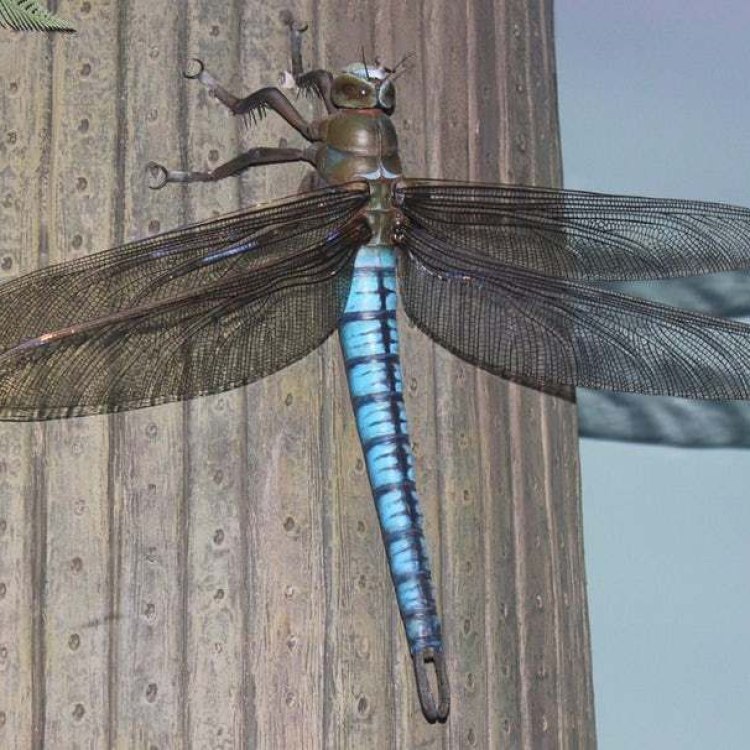
The Magnificent and Mythical Meganeura: Exploring the Giant Dragonfly
Disclaimer: The content provided is for informational purposes only. We cannot guarantee the accuracy of the information on this page 100%. All information provided here may change without prior notice.


